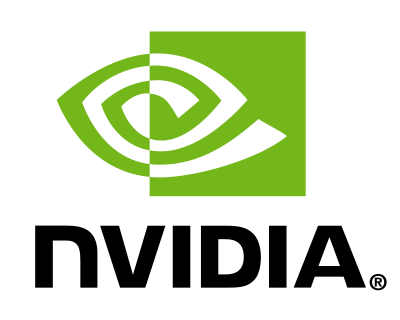Japan got lucky somehow, having become the place where Intel's Core i7-3820 central processing unit is now ready to step out of boxes, more or less.
At long last, the Intel Core i7-3820 CPU from the Sandy Bridge-E series has been released in the Country of Sunrise.
As part of the top-tier chip collection, it features high-end performance parameters that will put many other CPUs to shame.
Still, this is not the most powerful of SB-E chips, as it has some of its cores disabled.
That said, the quad-core newcomer is sure to make short work of most anything thrown at it, be it a game, an editing program or just casual and random tasks.
The base clock speed is of 3.6 GHz, quite impressive on its own, even though Turbo Boost can take it higher.
Unfortunately, it is unclear just how much of an improvement this dynamic overclocking technology can actually enable.
Though the top frequency of Turbo Boost is said, by some, to be 3.9 GHz (the same as on the 3960X Extreme edition), the report seems to be leaning more towards 3.8 GHz.
Formal documentation is still unavailable, so this matter is shrouded in ambiguity.
Of course, when there is hardly any application that can push a consumer's PC hard enough to make life difficult for this CPU, this doesn't ultimately matter overmuch.
In the end, overclockers are the only ones that will have a reason and the means to make this chip sweat, at their own risk of course.
Moving on, Intel's Core i7-3820 boasts a cache memory of 10 MB (Intel Smart Cache), as well as Hyper-Threading (8 threads) and a TPD (thermal design power) of 130W.
Finally, the chip's price is somewhere in the 20,000 – 25,000 yen range, which translates into $257 / 194 Euro to $322 / 243 Euro.



 2/13/2012 02:17:00 AM
2/13/2012 02:17:00 AM
 dannzfay
dannzfay
















